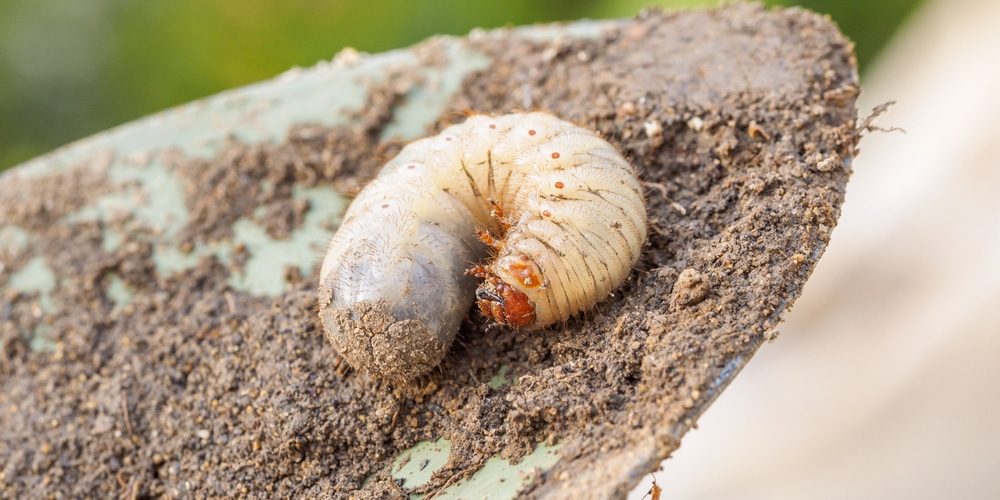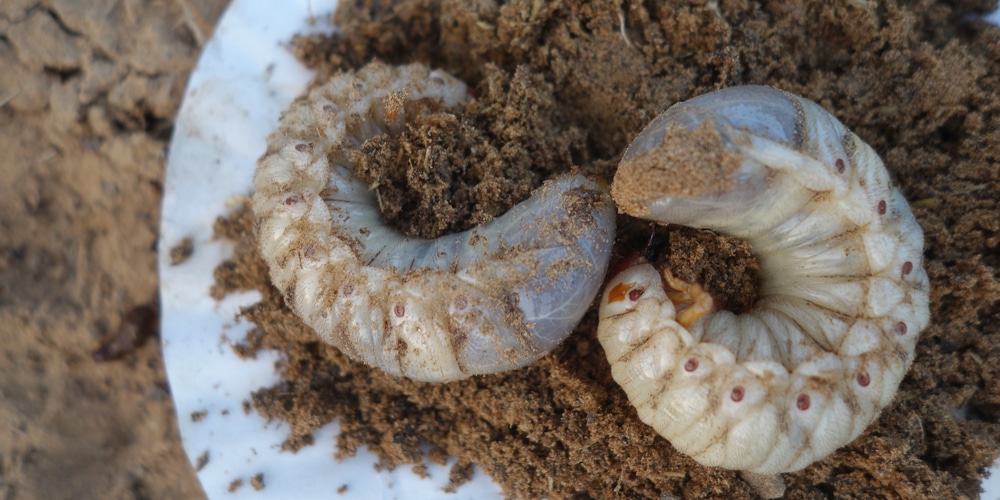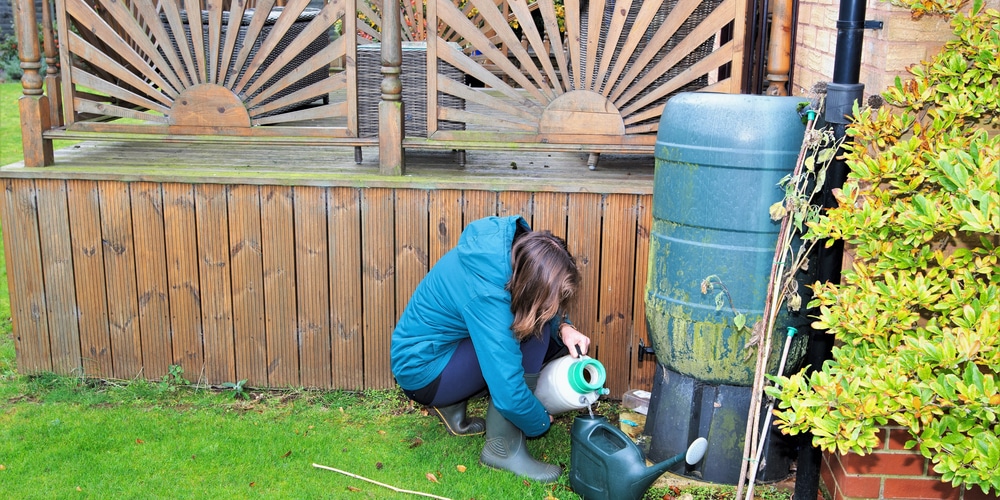Does your lawn have unsightly brown patches whenever the summer season comes? This could be due to grubs eating away underneath. The most common way to deal with grass grubs is a pesticide, but herein lies the question- when to put down grub control?
The Difference Between Grub Preventers and Grub Killers
You may be asking, should I use a grub preventer or a grub killer when dealing with these lawn pests?
In simple terms, a grub preventer can act as a pre-emptive strike when you know you have a grub infestation and don’t want another brown patch this year.
A grub killer is a viable solution when you notice your lawn has grubs and you want to deal with it as soon as possible. In general, grub control works and gets rid of the pests when it comes in contact with them. It’s usually applied when grubs are active and within the growing season.
Lawn owners typically use grub control as a preventive, but this isn’t really a mandatory procedure.
What Should I Look For When Buying a Grub Killer?
When looking to kill grubs, it’s important to understand that you shouldn’t just buy any pesticide.
Permethrin, cyfluthrin, deltamethrin, bifenthrin, gamma-cyhalothrin, and lambda-cyhalothrin are common ingredients in pesticide products, but none of them will kill pesky grubs eating your grassroots.
When buying a preventive grub control product, look for ingredients such as Chlorantranioprole, Clothianidin, Thiamethoxam, and Imidacloprid. For bigger grub infestations and larger grubs, you’ll want to get one that has Trichlorfon and Carbaryl.
For a grub-free lawn, you will want to use grub control when the climate and temperature is right, then a preventive the next summer season to ensure the grub cycle ends. However, you’ll want to check first and see if there are any grub or eggs before applying the pesticide solution.
So, When Should I Put Down Grub Control?
When to apply grub control will depend on your climate zone and temperature, specifically when they’re hatching. For example, if you live in Texas, you’ll want to apply grub control somewhere around May to June.
Also, it’s worth noting that there’s such a thing as applying grub control too early. Aside from being mostly chemicals (which is bad for the environment), you may not get the optimal results when you pour them in before the eggs hatch. Also, the chemicals may wash away or get in too deep to be of any use.
A Step by Step Method of Applying Grub Control
Step 1. Check for Grubs
The first thing you should do is to check for areas where grubs could be hiding. You don’t have to look for- brown areas are usually home to grub infestations.
Grubs are usually just underneath the lawn soil, so dig a few inches and check for their presence before opening up the anti-grub product.
Step 2. Remove the Debris
Once you’ve determined that your lawn is infested by grubs, it’s time to clear away as much debris in the area as possible.
Begin to rake away dead grass and remove any obstructions, such as twigs, stems, or rocks on the soil’s surface. This ensures that the solution gets to where it needs to go.
Step 3. Don Protective Gear
Grub control products contain chemicals that are harmful to your health. Wear rubber gloves before you open it and when you’re applying the solution on your lawn.
You can also wear long-sleeved clothing and protective goggles so it won’t splash onto your arm or eyes. Handle the solution carefully and always read the directions on the label.
Step 4. Apply the Grub Control
Follow what the label says and begin the application of the grub control solution. The soil has to be relatively dry for the best results, so if there’s heavy rainfall forecasted for the day, it’s better to do it the next day.
Step 5. Water Your Lawn
Wait, you’re not done yet! For the pesticide to work, it has to seep into the soil where the grubs live. Prepare your garden hose and water the area about an inch deep so the chemical is activated and gets in their living space.
Do this immediately after applying the grub control so it won’t get blown away. Then, sit back and wait for the results.
What Next?
After doing steps 1 through 5 of the grub control application, you can continue to monitor your lawn’s health and see if there’s any progress in the coming days and weeks.
After putting in grub control, watering is essential as the creatures are usually found munching away at the grassroots. Check for grubs the same way as you did before to see if they’re dead. If there are still grubs present, then you may need to re-apply.
Is Grub Control the Only Solution Against Brown Lawn Spots?
The quick answer to this is no. Grubs may be one of the most common problems, but there are other things you need to consider.
Dead spots or brown patches could be the result of under-watering, heatwave, over-fertilization or even a condition that affects grass. If the area is subject to high foot traffic, then you probably have your answer right there.
This becomes more apparent once you’ve dug a few inches and don’t see grubs or their eggs anywhere. There are also other white bugs that live in the soil.
It’s also worth noting that you could have grubs, but they’re not enough to bring widespread damage. They’re not really a factor, especially if you have a healthy lawn, so using grub control isn’t needed.
In short, you should only use grub control if there’s an infestation and a clear sign that they’re the ones causing the brown spots in your lawn. You won’t have to apply the chemical year in and year out, especially if there aren’t any brown spots. You save time, money and you won’t do any unnecessary damage to the environment.
Prevention is still better than the cure, and in this regard you’ll want to concentrate on making your lawn as healthy as it can be so that no pests, including grubs, can affect it.


